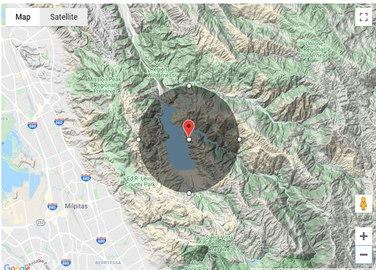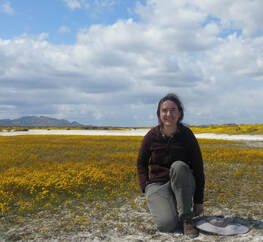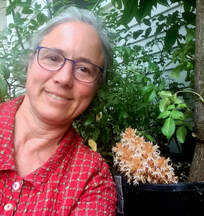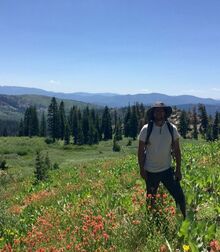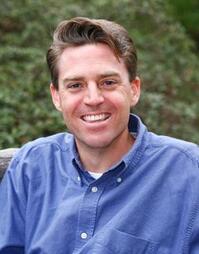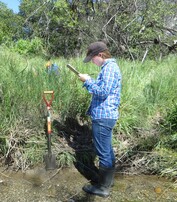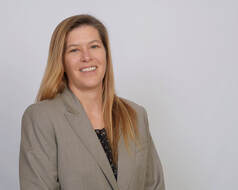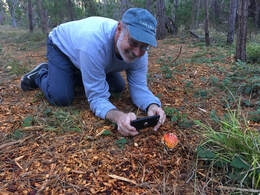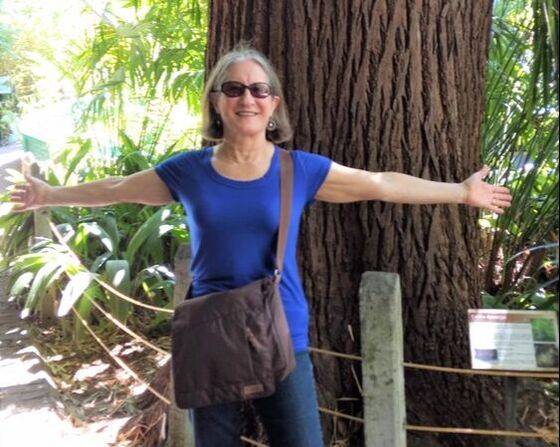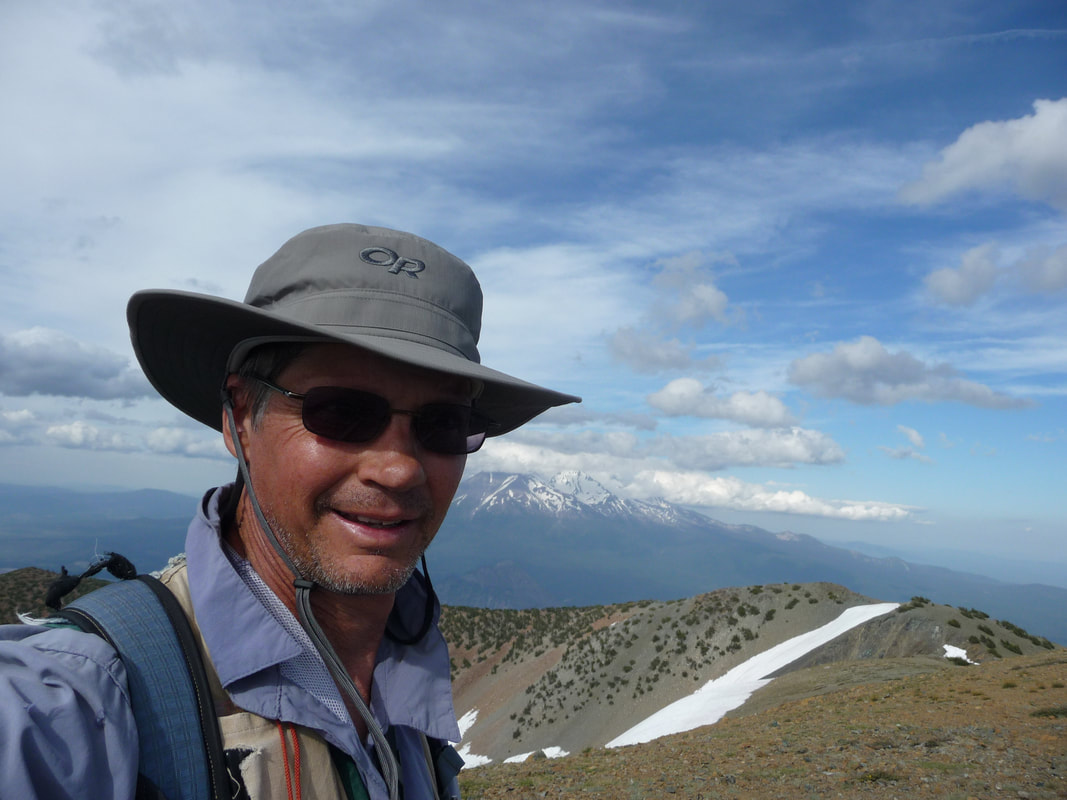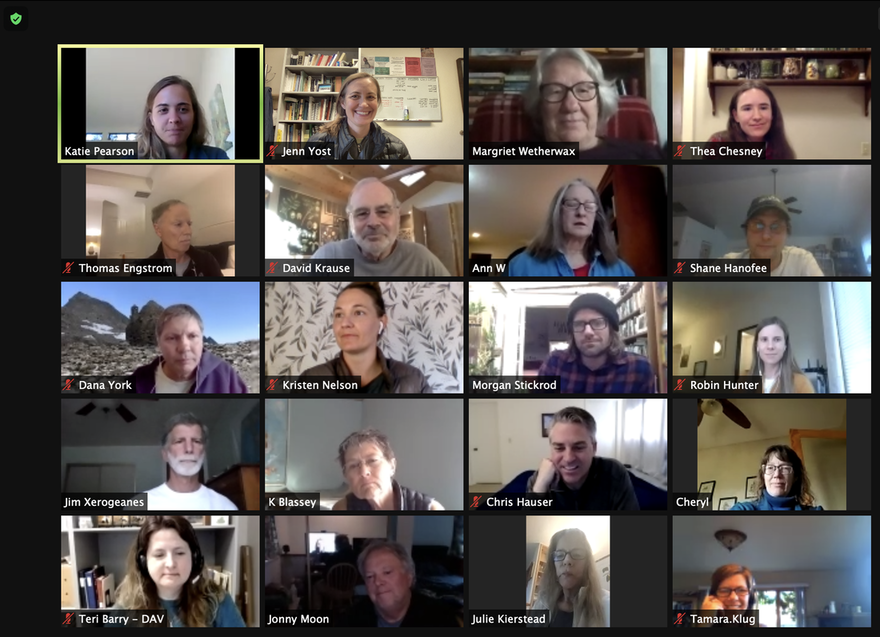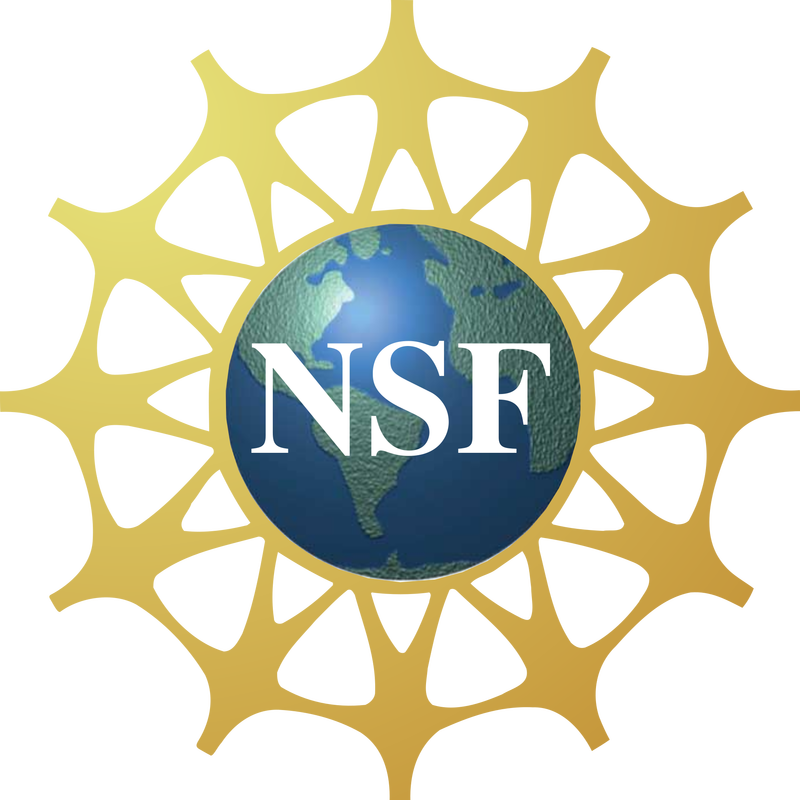The California Consortium of Herbaria's "100 Club"
|
The "100 Club" is an elite team of expert California botanists and naturalists who are helping to document the distributions of plant species by "georeferencing" plant specimens. Members of this team have extensive experience with one or more geographical areas, and they use this expertise to translate textual descriptions of specimen locations into latitude and longitude coordinates: dots on a map.
Interested in becoming a member? Sign up below or email Katie Pearson. |
|
Thea Chesney
Thea Chesney is a lifelong Sierra Nevada foothill resident and naturalist. Since childhood, her primary interests have been local mushrooms and plants. She earned a B.S. in forestry from UC Berkeley, with a focus on botany and (unofficially) mycology. She has spent her time since then working various field jobs and exploring the mountains of California and the organisms which call them home. She currently works as a botanist for the U.S. Forest Service on a long term, California-wide meadow monitoring project. This work and her own studies on fungi and plants have each driven home the incredible importance of herbaria, well-documented collections, and range maps! Improving our collective understanding of species distribution, past and present, is a goal well worth supporting. |
|
Alison Colwell
UC Davis Center for Plant Diversity I chanced upon Job Kuijt’s “Parasitic Flowering Plants” at a used-book sale when I was an undergraduate, and was instantly smitten by the paradoxical concept of parasitic plants. I’ve been studying them ever since, specializing on the subterranean root-parasites in the genus Aphyllon (photo is of Aphyllon vallicola, grown from seed from Holy Jim Canyon). Because they are so dastardly hard to find, I had to rely on location information from herbarium specimens to find new populations, and that meant visiting herbaria wherever I hunted them, and before long, I was a fan of herbaria too. Since March 2020, I’ve been ensconced in my “own” herbarium and I’m finding it to be a delightful thing! |
|
Shane Hanofee
Shane Hanofee is a self taught botanist living and working in the Northern Sierra Foothills. He is the Vice President of the Redbud Chapter of the California Native Plant Society and serves as a chair of a number of committees in the organization as well as representing the chapter on the state CNPS chapter council. He is defined by his strong commitment to volunteerism for environmental causes including local land trusts, environmental education institutions, Calflora, and more. |
|
Christopher Hauser
Christopher Hauser earned a bachelor’s degree in biochemistry from California Polytechnic State University – San Luis Obispo, and master’s degrees in biochemistry and plant ecology from the University of Illinois – Urbana Champaign. Since 2001, he has been managing grasslands, savannas and wetlands, and has received training in land management tools such as GIS mapping, conservation planning, herbicide applications, prescribed burns, endangered species, and other land stewardship procedures. Since 2016, he has worked for the Center for Natural Lands Management, where he helps manage the Panoche Valley Preserve, a 26,400-acre nature preserve in the southern Diablo Range and San Joaquin Desert ecoregions. Christopher lives in Carmel Valley with his wife and two children, and enjoys hiking, backpacking, gardening, and monitoring rare plants. |
|
Tamara Klug
I gravitated to botany in college when I took a “California Flora and Vegetation” on a whim, for which I will always be grateful to the late Dr. J.R. Haller. Now, I work in the consulting business growing a great group of smart and capable biologists, who regularly rely on important online tools. I am thrilled to support the effort to locate specimens for CCH! This is a great tool for botanists wanting to understand plant distributions or to gain a rudimentary understanding what grows in a specific location, and will be helpful for generations to come. |
|
David Krause
My science interests are mostly in Botany, Ecology, and Mycology. I have long been a fan of wildflowers and mushrooms, exploring the California region from my home in Cambria. I am a long-time member of the California Native Plant Society and am active with the San Luis Obispo Chapter. Since my retirement, I have been able to enjoy more time in these pursuits. Other interests and activities include mountain biking, glamping in our travel trailer, woodworking projects, gardening, and remodeling our home. |
|
Ann Willyard
Ann Willyard earned a PhD (Botany; Oregon State University), a MS (Chico State), and a BA (U. C. Santa Cruz). She taught botany and plant systematics courses and curated the herbarium at Hendrix College in Arkansas. Her research has focused on the evolutionary relationships among populations of plants, especially the ponderosa pines of the U.S.A. and Mexico. She lives in Sandy, Oregon and part-time on her family’s four-generation ranch in the oak woodlands of western Shasta County, California. |
|
Dana York
Dana York, M.S., has worked for the US Forest Service, Umpqua National Forest, and Death Valley National Park as a botanist. He has conducted botanical surveys throughout California and Oregon on both public and private lands. He is the author of An Illustrated Flora of Sequoia & Kings Canyon National Parks and co-described Acker Rock wild buckwheat (Eriogonum villosissimum) with the late Dr. James Reveal. He has discovered other new plants in the Klamath Mountains, Sierra Nevada, and Death Valley National Park. He currently works in Eureka, California as an Environmental Unit Supervisor for Caltrans, and he has taught many botanical workshops throughout California. |
Other contributors:
|
|
